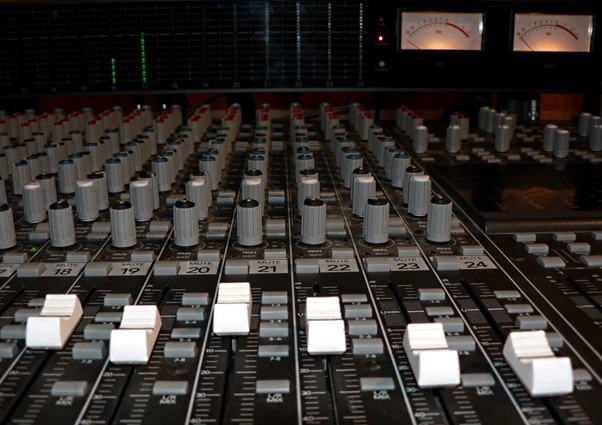Stem mixing and mastering – thorough mixing of group tracks. This kind of mastering can be called something between full-fledged mastering and complex mixing of each track. Its peculiarity is that only groups of tracks are sent to stem mastering, and not each track separately, as in mixing. Effects are not disabled (except in the master bus section, where all processing must be disabled).
About Stem Mastering
The idea is simple: the mastering engineer receives instruments divided into groups (For example, after mixing into one stem, the drums are grouped, in the other – the vocal parts, in the third – the strings), which allows them to be put in the correct balance relative to each other and frequency corrected.
Stem mastering saves time and money for the client For example, a common problem is vocals that sound a little quieter than the mix. In the presence of stems, this is easily solved, there is no need to ask the sound engineer to make changes in the mix, since the mastering engineer can change the balance of the stems.
Stem-mastering is the best option for musicians, creators who mix tracks on their own and need a final adjustment of the project from a technical, professional point of view. There are stem mastering services that do this professionally. Specialist can also make mix and master online.
Thus, stem mastering helps eliminate minor recording and mixing flaws. Since stems are subgroups of instruments that are involved in recording. For example, after mixing in one stem, the drums are grouped, in the other – the vocal parts, in the third – the strings. It becomes possible to save and edit groups of instruments – to do stem mastering. The engineer adjusts the sound of each group, and his actions do not affect other tracks. So, working on high frequencies of the vocals will not affect the high frequencies of the guitars. This delicate work gives a better result than mastering of a mixed composition can give.
Ways of Stem Mastering
There are two methods of stem mastering – automated and manual. Automated stem mastering is done with solutions such as Native Instruments. How to carry out this process manually will be described below.
How to make Stem Mastering?
Stem-mastering is a type of mastering in which several groups of audio tracks are mastered separately before combining them into the final master mix. For example, it is grouped: percussion, bass, leads or guitars, percussion, vocals and effects, but no more than 6 groups. Thanks to this process, stem-mastering allows you to eliminate non-critical mixing errors, frequency imbalances, correct flaws in vocal recording and achieve a more transparent, rich sound.
To perform manual stem-mastering, you need to perform a certain sequence of actions.
- Select and group. Do not forget to leave some time after the end of the track to allow the tails to sound. Rule number one when working with stems is their equal length in order to exclude problems with synchronization in the project, as well as cue marks for DJs.
- Mute unnecessary tracks.
- The effects chain and automation curves must work for every stem. Note that there will be no effects on the master bus for obvious reasons.
- Make preliminary mixing.
- Repeat the procedure for each of the stems.
- Check if everything is in order: load every stem of a new session and compare with the original project. The resulting mix should not differ from the original one.
- Specify the output. These include tempo, key, size, sampling rate, and extension. Good form is to duplicate all data in PDF. This format now opens with anything and is especially useful if you are not alone working on a project. Place the document with the audio.
A number of requirements must also be met.
- The stems of one project have the equal length. Everything should be in sync and start from one point. To assemble a track from stems, it is important that they have the equal size.
- The themes must be selected according to their categories in the arrangement. It is better to leave solo instruments outside the stem.
- Session parameters should also be specified – bit rate, tempo, size, file type. This should be done so that everyone can adjust the parameters of their DAWs for the working session – the systems imply remote work on the project in different programs.



